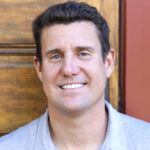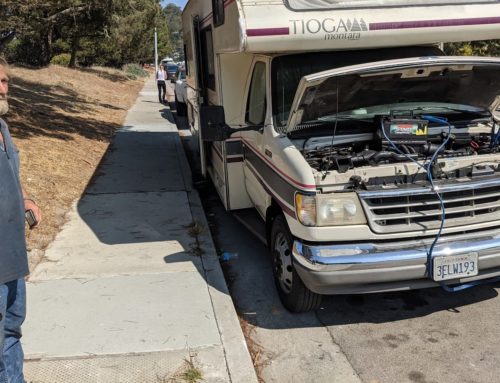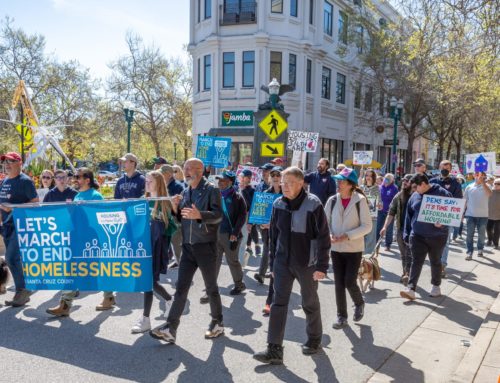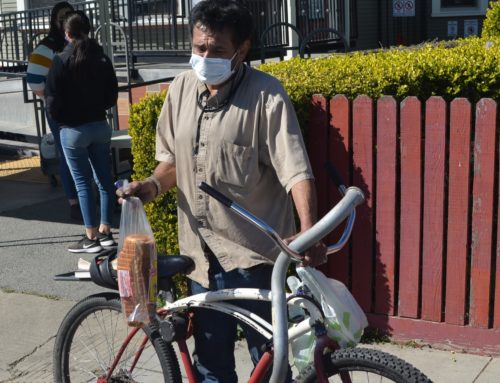Santa Cruz Local offers its Santa Cruz County Board of Supervisors meeting recaps free as a public service. But our work costs money to produce.
Santa Cruz Local depends on memberships from people like you to make sure vital information can be available to all. Can we count on your help?
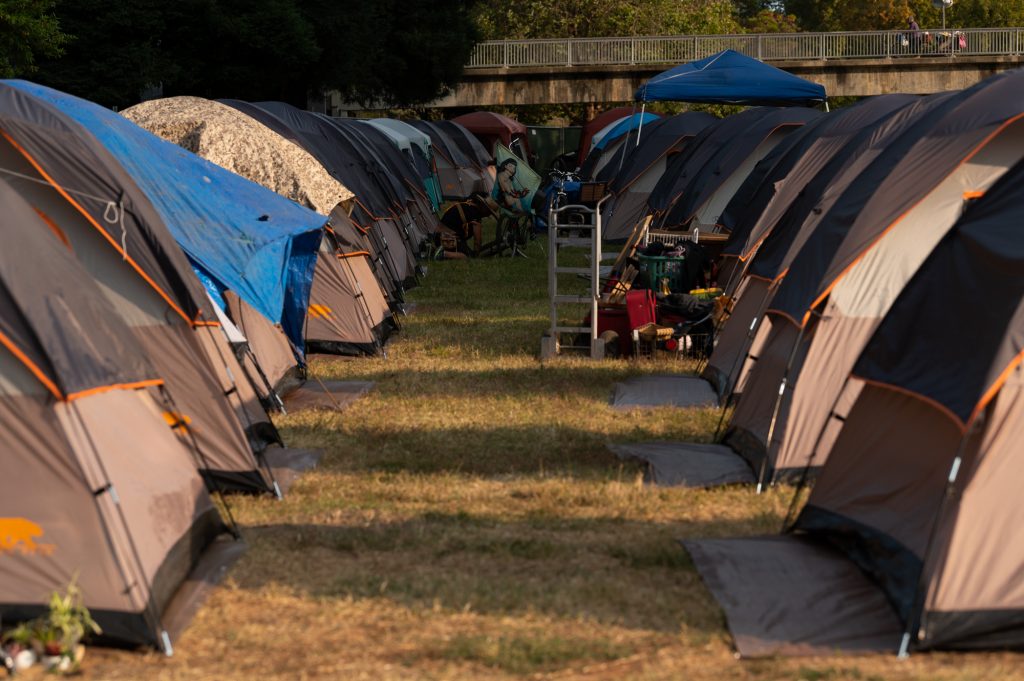
SANTA CRUZ >> After months of study on Santa Cruz County’s often uncoordinated efforts to reduce homelessness, county leaders on Tuesday described an ambitious plan to coordinate the services, goals and data tracking with cities — and shelter half of the county’s hundreds of unsheltered people by 2024.
In a series of six-month plans, county leaders also hope to reduce by 30% the number of homeless in the county — including those who sleep in temporary shelters — by 2024.
“We have folks who have been homeless for a long time. We have newly homeless, we have working homeless. If we have one objective for all of them, it won’t work,” said Assistant County Administrative Officer Elissa Benson, during a presentation to the county board of supervisors Tuesday.
Benson and County Director of Human Services Randy Morris described a system that for decades in Santa Cruz County has been a loosely coordinated group of city, county and nonprofit organizations with few common data collections and goals.
Santa Cruz County’s Three Year Strategic Framework to Address Homelessness provides several approaches.
- Develop or purchase housing for the homeless
- Expand and improve the effectiveness of “rapid rehousing” rental assistance programs
- Develop relationships with landlords and property managers to help house the homeless
- Improve “coordinated entry” to track data on the homeless
The plan would add:
- 160 year-round, low-barrier emergency shelter beds
- 350 rapid rehousing slots for homeless adults
- 100 permanent supportive housing slots for homeless adults
County supervisors on Tuesday unanimously agreed to continue work on the plan, gather final public feedback on housing and have county staff return in February with a final plan for supervisors to adopt. County leaders plan to bring the plan to city councils in Santa Cruz, Watsonville, Scotts Valley and Capitola this month. Many city leaders also watched the county presentation online Tuesday.
Santa Cruz County had about 2,100 homeless people at its last point-in-time count in 2019, county staff said. That’s about 80 homeless people per 10,000 residents and “disproportionately” high for a county of Santa Cruz’s size in California, Benson said.
Morris, the human services director, noted that more than 900 homes were lost this summer in the CZU Lightning Complex Fire. The pandemic and economic downturn also have led to more homelessness, but many have been housed in motels through the state’s Project Roomkey and other COVID-related programs.
Because nearly six in 10 people who enter emergency shelters in the county came from a “housed situation” Benson said, one key part of the plan is to have trained housing specialists to try to keep people housed.
Sometimes money can help a person move back in with a friend or roommate, or money can help a person move in with family outside the county, Benson said. Using money up front to prevent homelessness is far less expensive than the county’s expenses related to the chronically homeless, she said.
“The community is, rightly, so very frustrated,” said Morris, the human services director. “It’s unconscionable that so many people don’t have a home.” Santa Cruz County is not alone. “This is a crisis hitting almost every community throughout the United States,” Morris said.
County leaders said they intend to track data on the homeless publicly in part to enforce accountability for programs.
County supervisors said they liked the plan but questioned how it could be funded long term. The plan is supposed to make it easier to seek grants and state money because it is focused and coordinated, Morris said.
“California is hungry for solutions to this issue. If someone can move the needle well, they will invest,” Morris said. Now, grant makers aren’t sure where to allocate money, he said.
Supervisor Bruce McPherson said people who deal with the homeless in Santa Cruz County should have uniform protocols.
Supervisor Ryan Coonerty said COVID-related programs helped provide “more housing and more shelter than any of us thought possible a year ago, but there’s still more encampments.”
Coonerty said, “I don’t think it will be easy. There will be times when we set these goals and we come up short.” But as long as county leaders adapt, people will be better served, Coonerty said.
Public defender overhaul moves forward
County supervisors voted 4-1 to move forward with a plan to have the public defender’s office controlled by the county rather than a private law firm. County Board Chairman Greg Caput cast the sole dissenting vote.
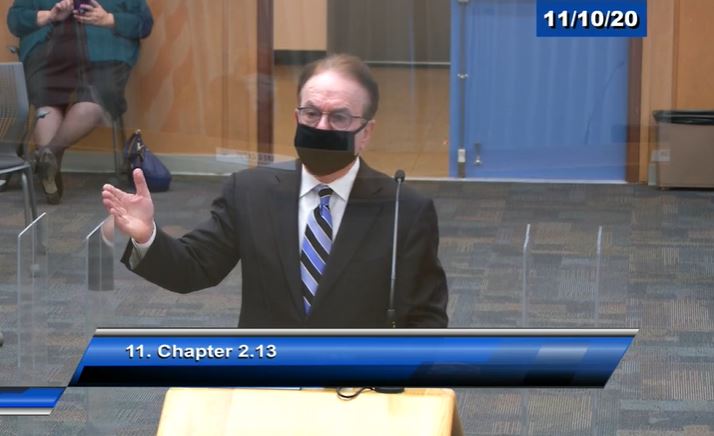
Larry Biggam of the public defender law firm of Biggam, Christensen and Minsloff told supervisors Tuesday that collaboration improved with county administrative staff in recent weeks after he and others expressed concern with a consultant’s report that did not include input from judges or attorneys in the public defender’s office.
Biggam asked supervisors to delay the overhaul for at least a year in part because of uncertainty for the firm’s attorneys if they became county employees. COVID precautions also have delayed trials and other court proceedings.
“I’ve been told there’s never a good time to make a change like this, but there is a bad time. The courts are dealing with an avalanche of jury trials,” Biggam told the supervisors.
County staff said the decision Tuesday was simply to approve in concept a county-run public defender’s office and continue working on a transition plan due in February.
Some counties have taken over public defender’s offices rather than contract with an outside firm in part because court defenses are sometimes inadequate. Critics also contend that there are financial incentives for firms to under-represent clients with case time. No one — including a county consultant, clients, and judges — has said the public defender contract attorneys in Santa Cruz County have been inadequate.
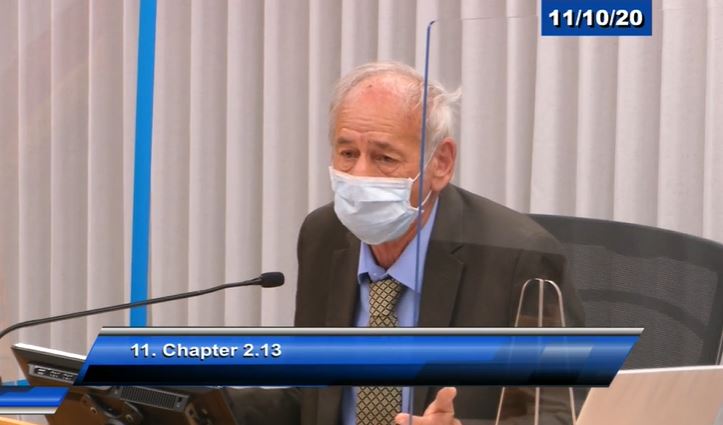
Biggam said independence also is important for clients. Clients might perceive a conflict of interest if their defense attorney and prosecutor are both employed by the county, Biggam has said.
Board Chairman Caput sided with Biggam. Caput reiterated his stance that there was no rush for the county to control the public defender’s office because clients, judges and other stakeholders agreed that the firm had done a good job of defending people who couldn’t afford an attorney.
Debris clearing approved
In other news, county supervisors approved an emergency law to allow workers to clear debris from streams and other waterways on private property because of expected debris flow after the CZU Lightning Complex Fire.
The rules allow county workers and potentially contractors to clear sediment, debris, or other material near streams.
Supervisor McPherson noted that several “choke points” in Boulder Creek waterways were cleared in the past week.
Stephen Baxter is a co-founder and editor of Santa Cruz Local. He covers Santa Cruz County government.

